Continuing to push the needle on accessibility…
few months back, I wrote a blog post titled “What does it mean to be accessible?” where we thought about the question of ‘what if we, as a field, thought about what it truly means to invite people to consider their role in prevention and ensure that, if we are inviting everyone, they’re truly able to show up and be a part of our efforts?’
I’m still thinking about the answer to this question, and I hope you are too.
Accessibility and universal design are not my field of expertise, but there are loads of resources out there for us already. We certainly don’t need to reinvent the wheel – we just need to know where to look.
The Vera Justice Center is one of those places that I keep coming back to and their recommendations are easy to implement. They even have several Tip Sheets for Designing Accessible Events for People with Disabilities and Deaf Individuals to get us started. Some of the highlights include:
- Ensuring our participants know that accessibility is important and considered right at the beginning of their interactions with us, starting with the registration form. Participants should know that we are making trainings as accessible as possible and that they can feel comfortable asking for additional needs we haven’t offered yet. There’s no better time to communicate these values then at the very start. It’s so important for us to let folks know that we can accommodate dietary needs, large font materials or materials in Braille, electronic materials for interpretation, in-person interpreters, wheelchair or Assistive Device access, etc.
- Thinking about the meeting space and ensuring that everyone can participate fully in our trainings and workshops. This means guaranteeing we have a room large enough to accommodate the number of participants and that also includes ADA-approved, 36-inch pathways and aisles between tables. We need to budget for microphones to not only save the voices of our presenters but, more importantly, to make sure everyone in the room can hear as best as possible.
- We know that it’s imperative that our prevention talks, trainings, and workshops provide an opportunity to skill-build and engage the different learning styles of participants, and we can do this with accessibility in mind. If we’re doing an activity where folks are walking around the room to stand in different areas for a discussion, we can have an extra chair or two in each area for the folks who may need to rest. If we’re showing a video with no sound, we can narrate what’s happening for the folks who may not be able to see it accurately. We should also have backup plans for all of our activities so that we’re not trying to change things on the fly, making it obvious that we hadn’t considered accommodation ahead of time.
If designing for accessibility is new to you, I highly suggest these additional resources:
- Vera Institute of Justice
- United States Department of Justice Civil Rights Division – Information and Technical Assistance on the American with Disabilities Act
- UDL Center
- CDC’s Disability and Health Inclusion Strategies
- Accessible College
- A Guide to Disability Rights Laws
- Web AIM web accessibility in mind
Like I said, I don’t pretend to have all the answers, but we’re asking the right questions like ‘what are the possible access needs?’, ‘what are the potential barriers to accessibility?’ and ‘how can we remove these barriers?’ Most importantly, we should be asking ourselves ahead of every training we do, ‘how can we make sure that everyone is included?’. Until we have an exhaustive list of answers to this question, there’s still work to do.
If you’ve got things to add to this list or additional suggested resources, we would love to hear them so please share in the comments!
“Accessibility allows us to tap into everyone’s potential.” – Debra Ruh






